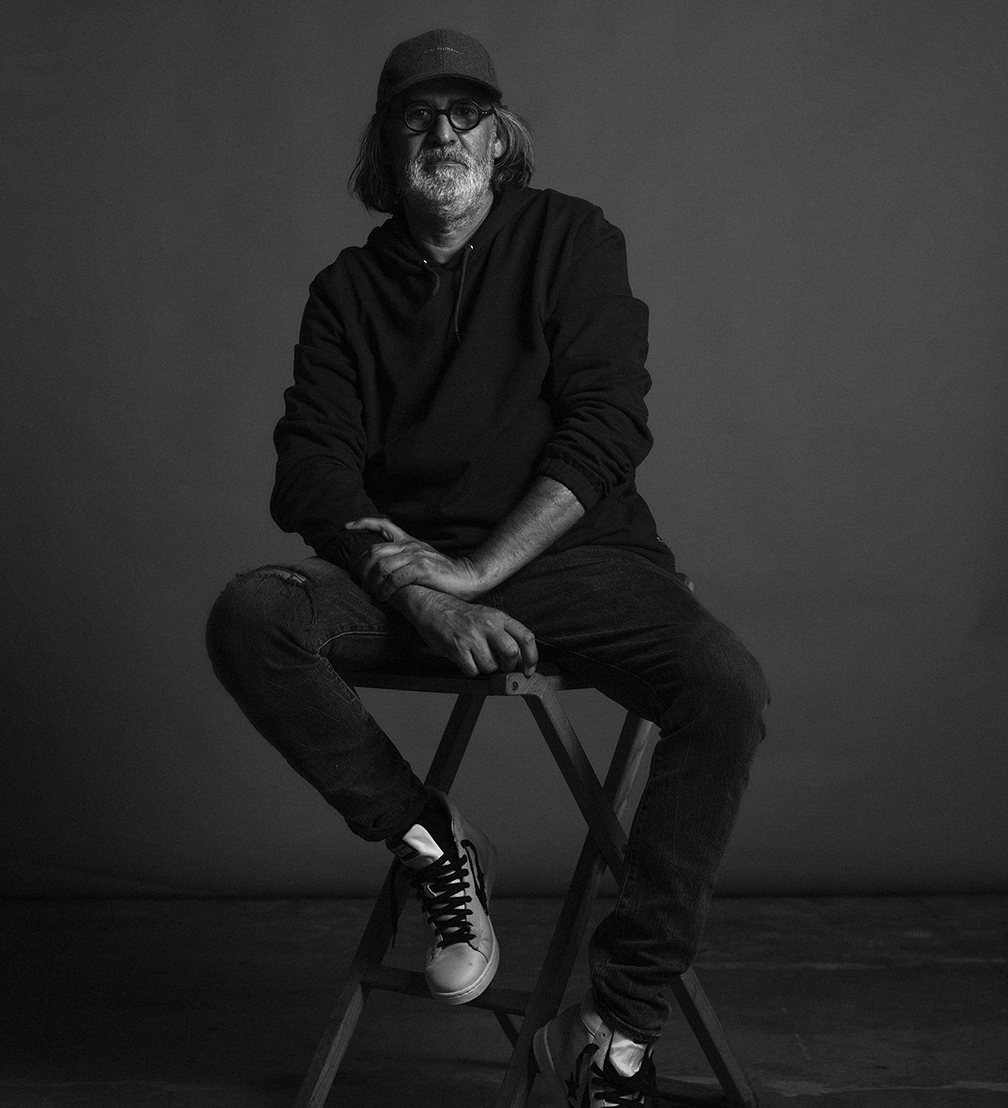
The festival of creative excellence ADwards is taking place for the 15th consecutive year. 253 works have been submitted to the competition and are being evaluated by an international jury consisting of 20 creative professionals from 12 countries. One of the Presidents of the Jury is Pedro Ferreira — creative director, art director, and photographer from Portugal.
Before starting his career in advertising, Pedro trained in basketball and studied to become a cartoonist. He considers the years spent working at Ogilvy & Mather his most important advertising school. He has also worked at Young & Rubicam, Nova Publicidade, Bates, Bates Red Cell, and is Executive Creative Director at VMLY&R in Lisbon. Currently he is also pursuing independent projects: from car racing to fashion and culture.
Pedro is one of the Founders of the Portuguese Creative Club (Clube de Criativos de Portugal). He has served as a jury member at many international advertising festivals and is one of the most awarded creatives in Portugal. His wins include Cannes Lions, London International Festival, Eurobest, and NY Festival among others.
How has your year of the pandemic been?
In the beginning of 2020, when the pandemic arrived, there was some kind of a special energy. We all had to stay at home and adapt. I saw people adapting very fast to a new way of working. We did a lot of work, we produced remotely, with mobile phones — possibly, the first remote film in the world. At least at VMLY&R it was the first one.
We worked for FIFA — it was a project with football legends clapping for healthcare workers. I think this was the last video in the world with Maradona before he died. From briefing to broadcast we had one week. We were editing the film almost live, it was totally crazy, but we did it, and the client was happy. We were exhausted and also happy. The difficulty was not shooting the football stars, it was to film doctors considering all the restrictions. We couldn’t enter [the hospitals], so we had to ask someone from the inside to take the videos on a mobile phone.
We drink a lot of coffee in Portugal, and the coffee machine is a popular place at the office. There is always somebody over there. When you meet someone at the coffee machine, especially creatives, you ask them what they are doing — and then you exchange news, insights, start unpredicted conversations, coffee machine conversations. This doesn’t happen in Zoom. Nobody goes to Zoom just for chatting. Creative industries around the world are suffering from «missing the coffee machine». We need to see people. This is always a creative moment in my day. When I’m at my computer, I already do work, research, it’s not part of my creative process.
Do you think there will be a return to the previous working routines at offices or have our habits during the pandemic changed irreversibly and we are going to need new digital «coffee machines» — tools that encourage informal encounters and creative exchanges online?
Honestly, I don’t know. What I know after speaking with a friend of mine who is an architect is that the office space will be different in the near future. I’m sure all the CFOs are applauding the need for less square meters, less parking space, less, less, less everything.
I believe that the packed, open offices with long tables, lines of Macs and fancy seats are a thing of the past. Maybe it will be replaced with informal meeting desks, ready for you to grab a group of people and get them working together on an important new business with a precise deadline.
And it’s OK, at least for me. We learned that it’s possible to work anywhere with a good wireless connection. Will it be good for human health? I doubt it. But surely there’s already a lot of data and expert opinions. There will eventually be reports or recommendations and the ever-rational CEOs will make the decision.
I miss the unpredictable conversations near the coffee machine that sometimes give me the spark for that big idea. It will never be the same with two people in front of a screen with home-brewed coffee in a mug.
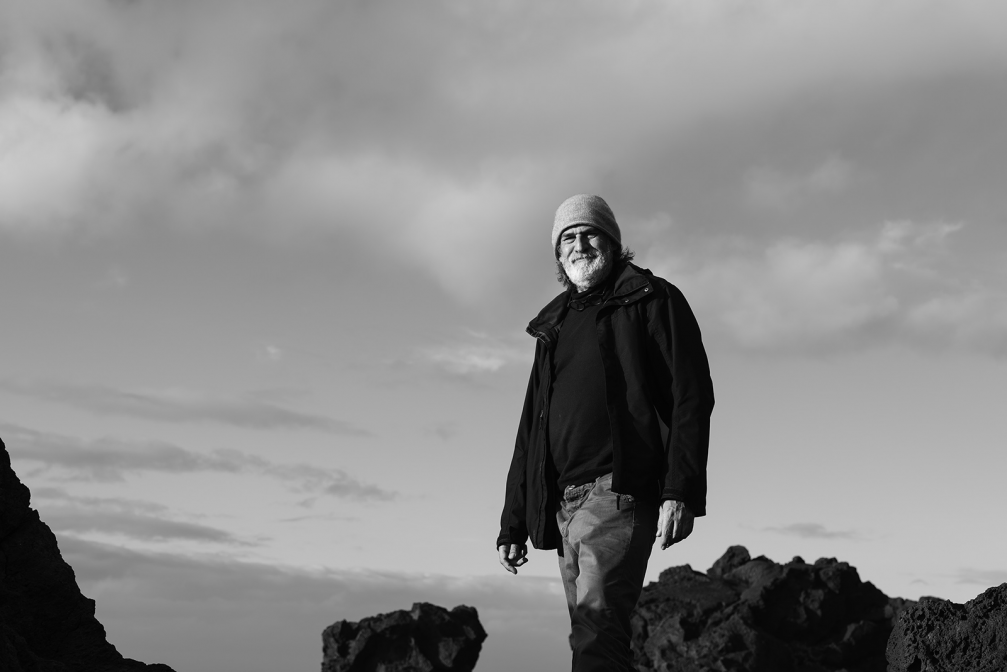
The creative concept of this year’s ADwards festival is «creatives will survive». It means that in spite of anything, creatives will find a way to work and to express themselves. How do you feel about this statement?
Some will survive, I guess, but not all of them. Many professions will change. Creative industries are shrinking, and there is less respect from clients in a way. Evolution is brutal and you have to adapt to survive. We, the advertising industry, have to reinvent ourselves, but right now, I think, we are still in the middle of the pandemic.
How was the evaluation process organised and what were the main criteria you used when judging the works? What is your overall impression of the works that you saw?
I believe that local awards are extremely important in delivering a message to the industry, and by «industry» I mean the marketing departments, advertising agencies and production companies.
If we judge the work looking only for possible «Cannes content», we are doing the wrong job. The creative clubs in Latvia, Spain, Portugal, and other non-English speaking countries are made to celebrate the very best of local culture, rooted in their own lifestyle and with all their strengths and limitations. If they are eligible for international awards, even better, but, in my opinion, that can’t be the goal, and in this festival I was looking for the very best work with a local flavour and unconventional ideas adjusted to the Latvian reality. I made an effort to understand and to be open-minded about the local culture, and, when failing to do so, I just asked local jury members for advice.
I quickly saw that Latvian advertising tends to express itself with peculiar humour and skilful illustrations, something that I personally admire because it isn’t dependent on big budgets. I believe that it’s time for Latvian creatives, well, all creatives really, to take bigger risks in their search for unique ideas.
What are the most important current trends in advertising and creative industries?
We anticipate a lot of trends, but advertising is always a reflection of the society. How many videos there are now with people at home — studying, playing with kids and so on! After 50 years you’ll see these ads, and you’ll understand that something was really wrong. Like in a museum, you will see what happened during those two years — why are people at home, why are they using masks, why do they have big beards and long hair, why are the streets empty? It’s a reflection of our days.
Why should creatives participate in advertising festivals? What motivates you to enter award shows?
For me, awards is a game. You have to know the rules and to understand the game to participate and to win. Otherwise it doesn’t make any sense. You must have a simple presentation, you have to be clear, and the craft has to be outstanding. If the craft is not outstanding, you don’t have a chance. Also, you need luck. Should young creatives enter the awards? I’d say yes, because you have to understand the standard of the industry. They have to understand the game and its rules.
But I also know many extraordinary creatives who don’t care about awards, because there’s too many awards now. I’m not sure if there is another industry with as many awards as the advertising industry. Cannes, D&AD, The One Show, these are the important ones. Your festival, ADwards, is a local thing, and we need those. I’m the founder of the Portuguese Creative Club, and with this club we wanted to promote the advertising industry in Portugal and to bring creatives together.
If we judge the work looking only for possible «Cannes content», we are doing the wrong job. The creative clubs in Latvia, Spain, Portugal, and other non-English speaking countries are made to celebrate the very best of local culture.
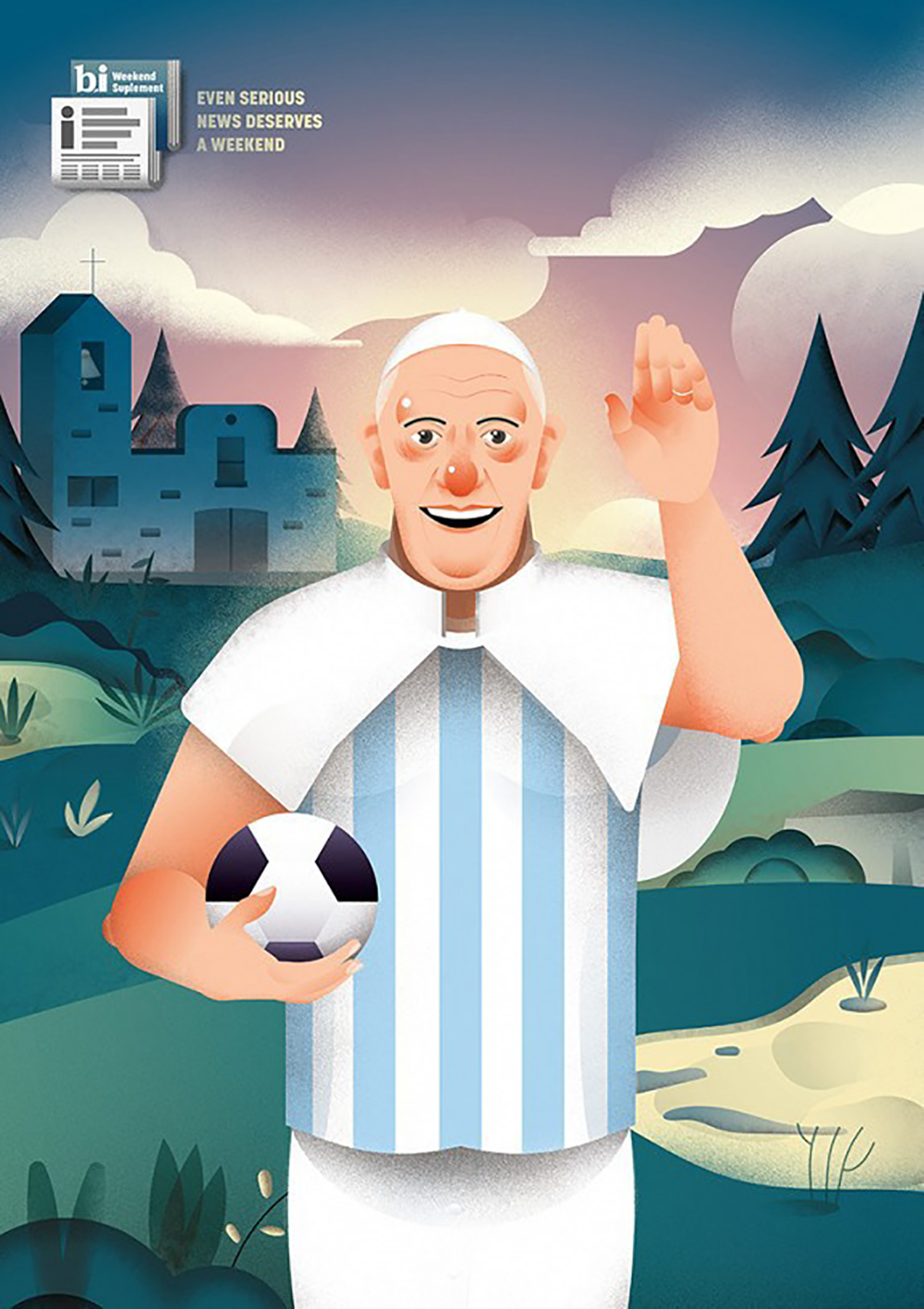
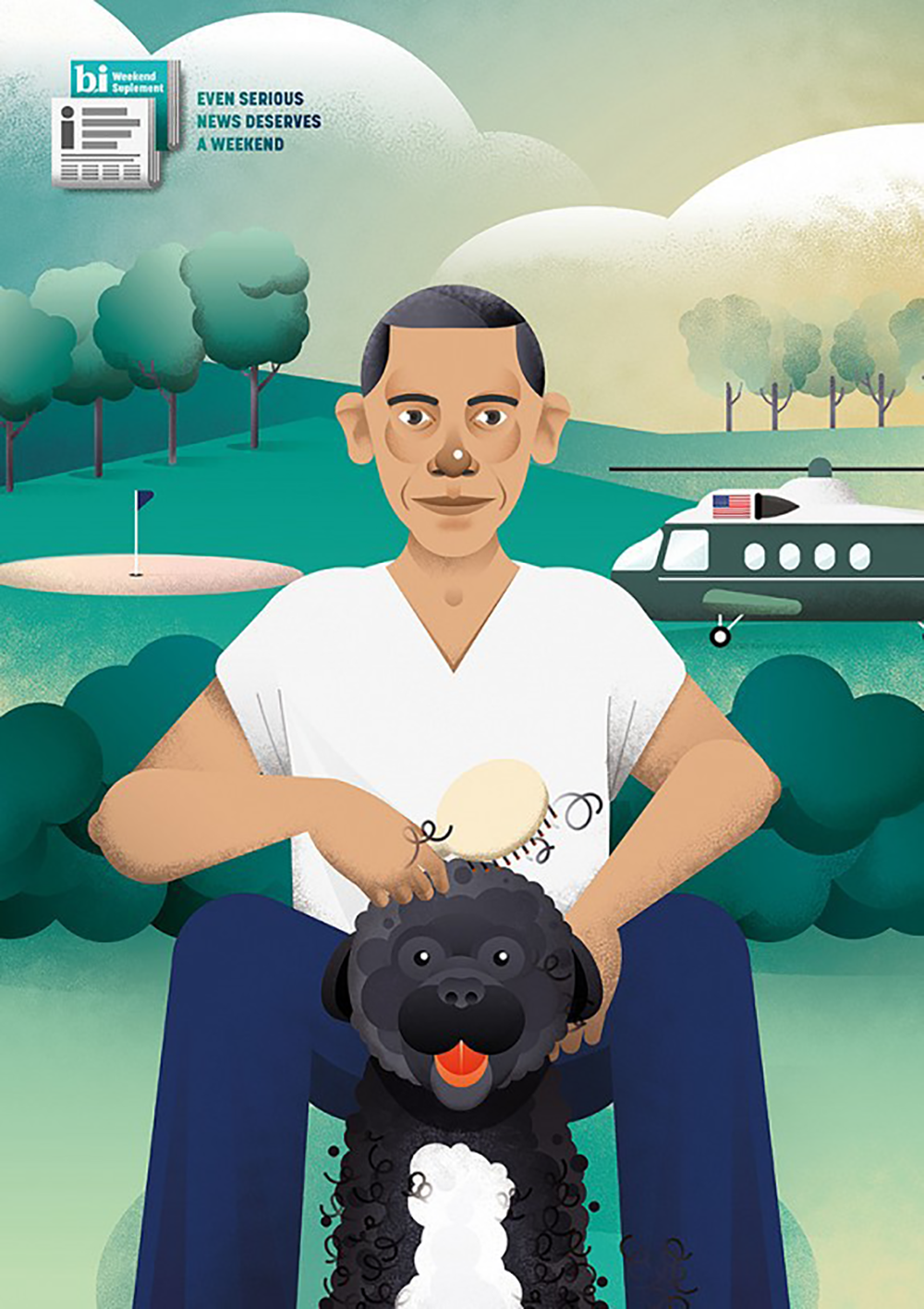
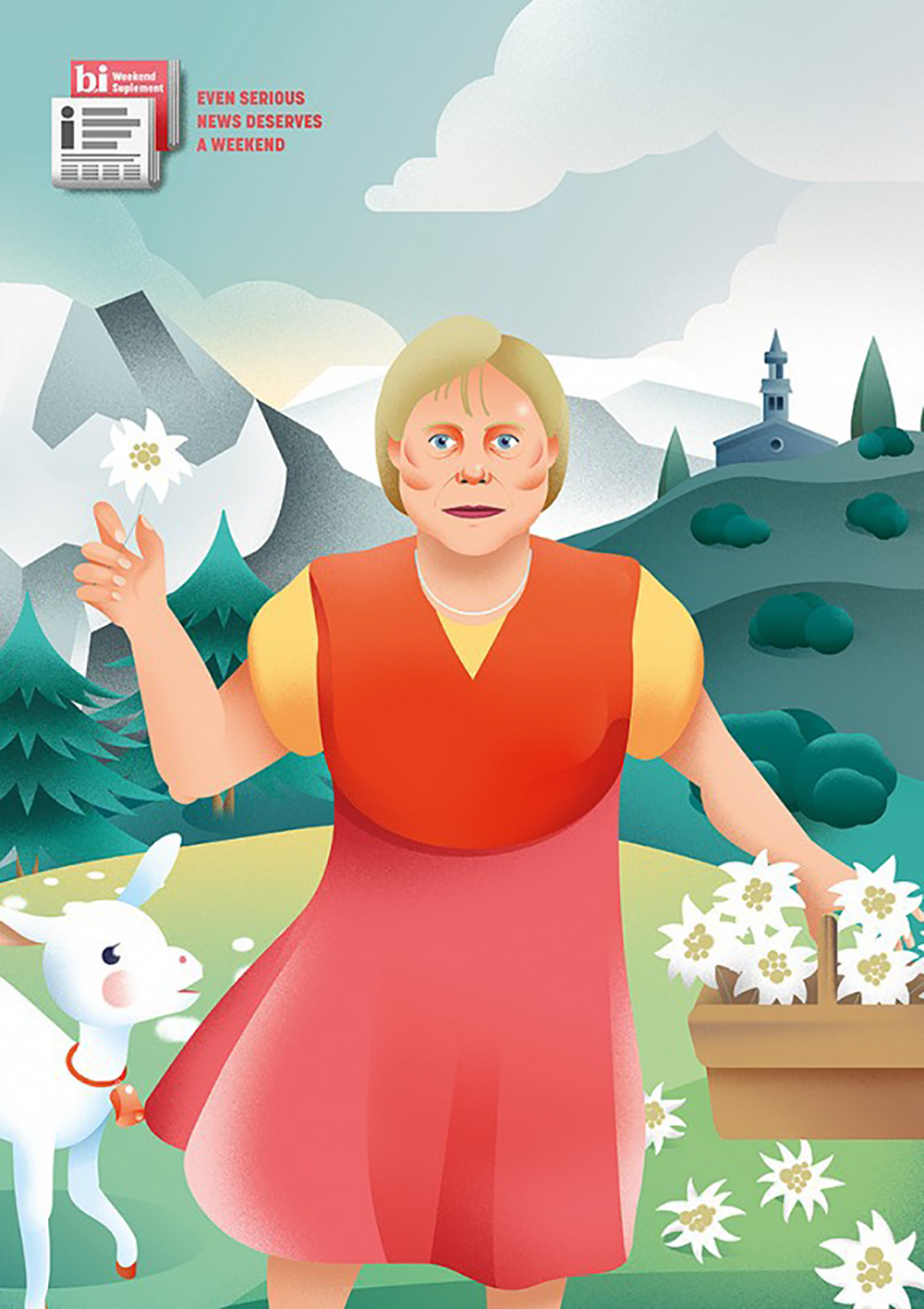
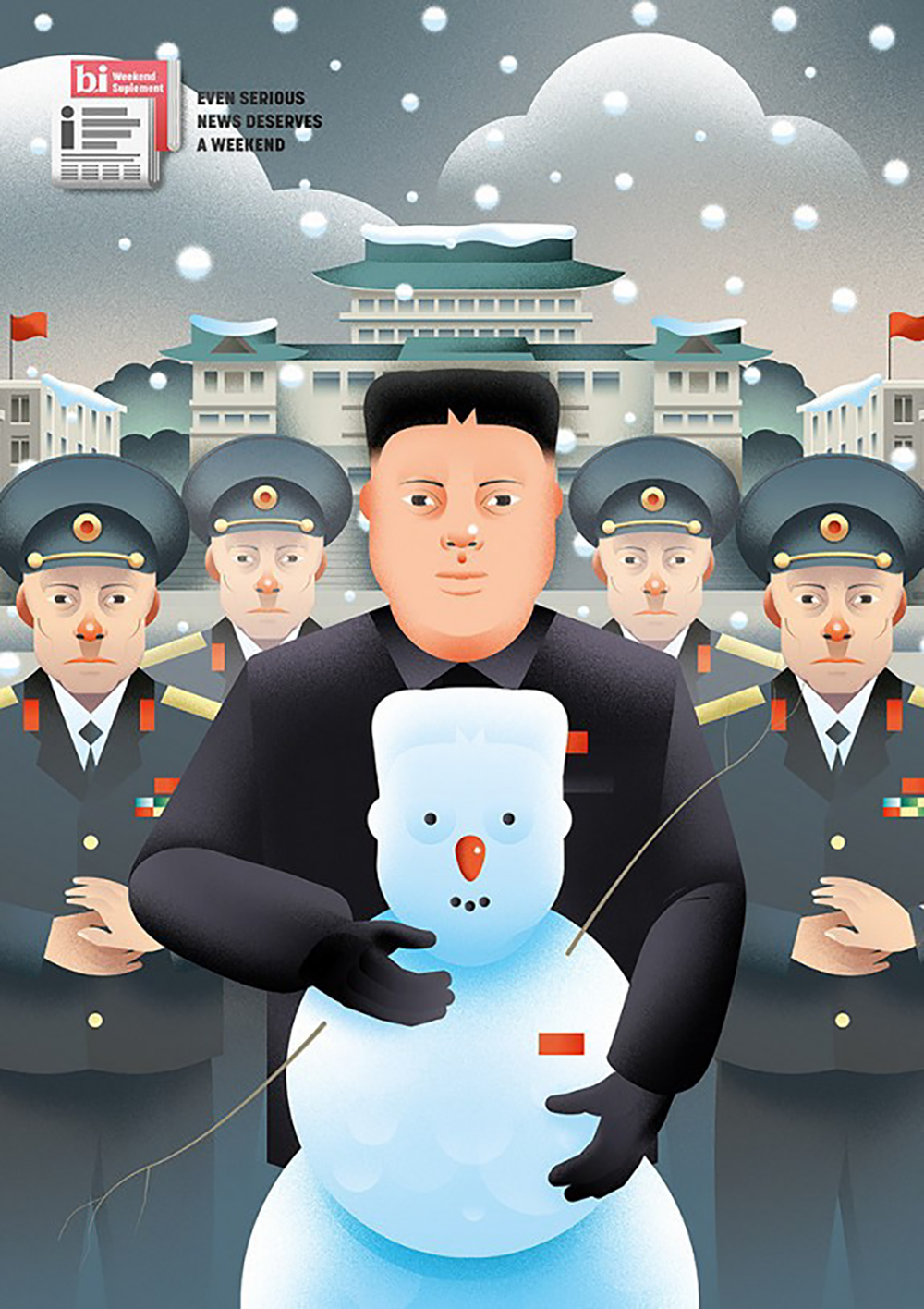
Have you kept any ideals working in the advertising industry for over 30 years?
Since the beginning of my career, I set a standard. I said, Pedro, I want to be one of the top five art directors in Portugal in a few years. I did achieve that goal, yes, I did. And I had a motto — I will always work for the idea. And if the idea can’t be a great idea — sometimes that can happen — at least I want to do it beautifully. I try to do it every day.
We should not forget what our profession is. I think, a lot of people forget it, and that’s the reason why we have lost a lot of credibility from clients. A client comes to you with a project to sell water, but instead of selling water you want to change the world. The main objective is to solve the [client’s] problem. That’s the way I see my profession.
Can you give an example of a work of yours where both the idea was great and the execution — beautiful?
A few years ago, we made a series of print ads for a newspaper. Yes, they were awarded at Cannes, but that is besides the point. The reason why I love them is because we used illustration to translate a humorous insight.
To understand clients and their unique problems we have to be curious and, if possible, to be near them instead of reading only the PowerPoint briefing. I had the privilege of working with this client directly, every Wednesday from 7 to 11pm I met with the «I» magazine’s board of journalists, creative director, and adviser. I was really interested in the dynamics of the newsroom, the interactions between the commercial team and the journalists themselves; what goes on the front page and how they promoted the next edition. It was a crazy dynamic that would make you think twice when mentioning our own unbearable and frantic advertising life.
Knowing the project since the beginning and from the inside helped immensely. When the briefing arrived to promote their new weekend leisure edition, BI (acronym that means Identity Card in Portuguese — P.F.) it was kind of an easy task. At that time Obama was the president of the USA, and, as all American presidents, he had a dog. In this case, it was a Portuguese water dog.
A side note: we, the Portuguese, have a passion for discovering the smallest little thing of Portuguese heritage among the powerful and famous of the world. The French football player Griezmann has a Portuguese uncle, the famous Brazilian singer Carmen Miranda was from a tiny village in the North of Portugal, and the Obamas had a Portuguese water dog named Bo. Water dogs have a long and shaggy coat of stiff hair. It was easy to imagine the president of the most powerful nation of the world combing his dog in the backyard of the White House.
That was the idea — what would you do on your weekends if you weren’t at board meetings or taking care of the disorder in the world. Even serious news deserve a weekend, that was the headline. The first drafts were born, and, as always when we know we have a good idea, we tried to enlarge it and make it into a campaign by introducing other leaders of the world. For instance, it is easy to imagine Pope Francis playing football on the weekend in his beloved Argentinian jersey.
To achieve the desired result, you always need the two: the idea and the craft. The illustrations were made in a painstaking process. [They were done by] Bernardo Majer, a young designer from our agency with exceptional illustration skills. He was the guy who suffered the most… Resilient is a word that I associate with this campaign, almost to insanity.
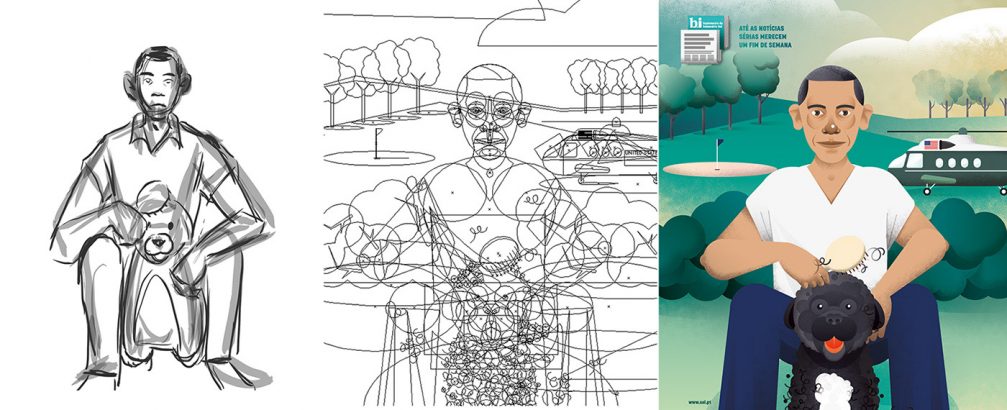
And another project… I really like it even though it doesn’t have any big awards on the shelf. It’s a video [Leroy Merlin campaign — ed.], born out of an observation during the first few long weeks under lockdown, without people on the streets and the flora getting wild and invading our public spaces, every little garden and street corner. It was a very low budget project. It will remain in my memory from that first lockdown with all the fear, and I like that we managed to make a film that is strangely hopeful.
What advice would you give to the younger generation thinking of starting their careers in advertising?
A friend of mine, who is already retired, once told me — if there are young people looking for advice on how to work in advertising industry, tell them to think twice! (Laughs) Advertising is a very interesting profession, you have a lot of fun — not as much as in the past, but still; and they pay for our ideas. But it’s also insane that you work so many hours. It’s very demanding, you have to be very resilient.
In advertising, you learn a lot of small things, [you learn] about people. You don’t really get fed up. One day you are doing one thing, the next day another. This is the most beautiful thing about our profession — changes every week. I don’t think there are lot of professions like that.
Campaign for Leroy Merlin stores. Video — courtesy of VMLY&R

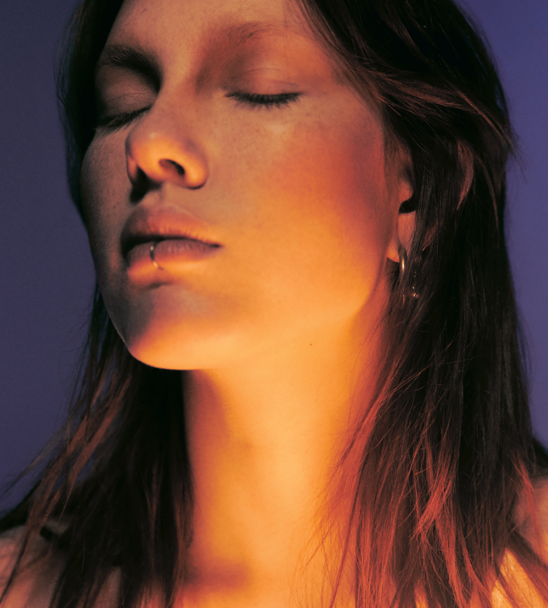
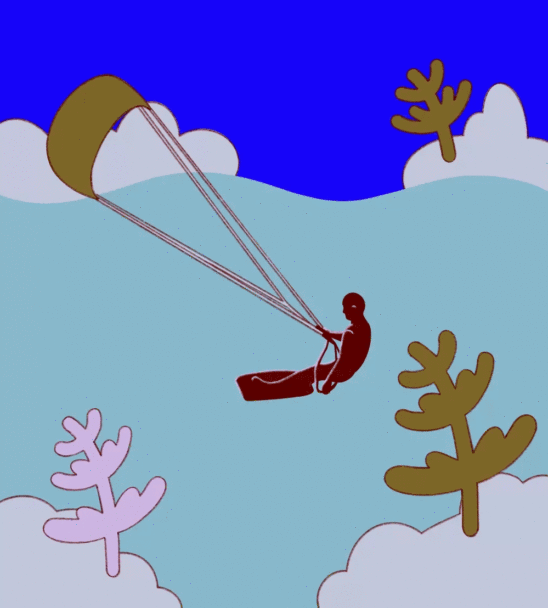
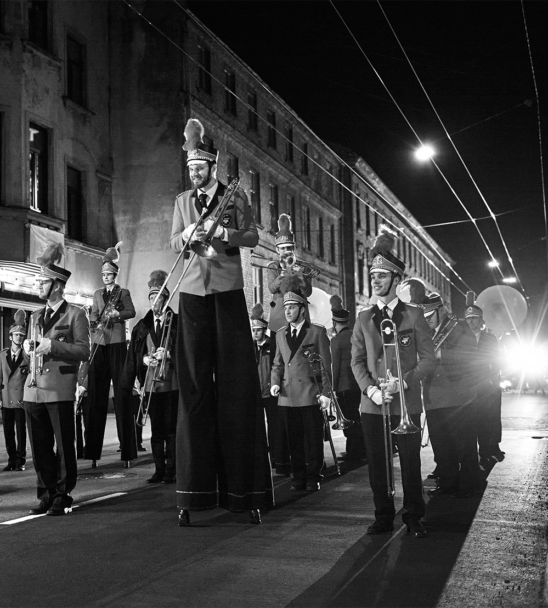
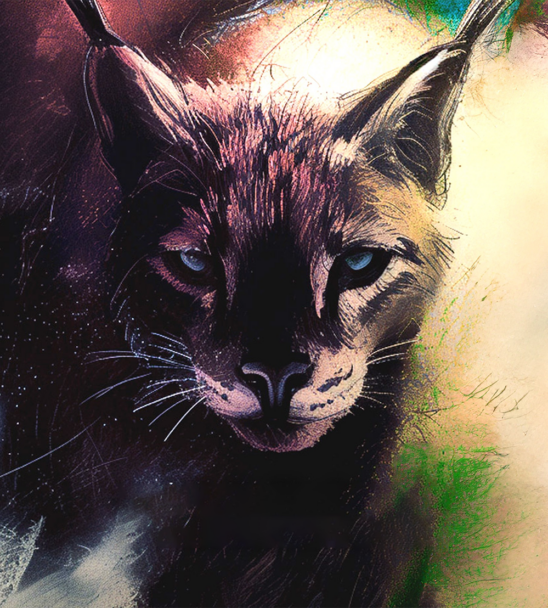
Viedokļi